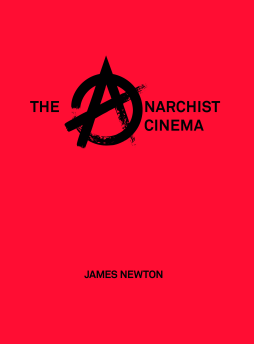
Additional Information
Book Details
Abstract
The Anarchist Cinema examines the complex relationships that exist between anarchist theory and film. It identifies subversive undercurrents in cinema, and uses anarchist political theory as an interpretive framework to analyse filmmakers, genres and the notion of cinema as an anarchic space. The book focuses on three key areas. Firstly, it considers the notion that cinema is an inherently subversive space, based around fears of unruly (predominantly working class) audiences. Secondly, it establishes criteria for an 'anarchist' film by looking at a range of characteristics that express anarchist philosophy featured in a number of popular movies. In doing so, it demonstrates that the 'anarchic' in film is not hidden in obscure corners of cinematic culture, and instead is a theme that has traversed arthouse, popular and underground films. Thirdly, the book examines the place of underground and DIY filmmaking within the wider context of anarchist cinema.
James Newton is a lecturer in media studies at the University of Kent and an independent filmmaker.
Table of Contents
| Section Title | Page | Action | Price |
|---|---|---|---|
| Cover | Cover | ||
| Half Title | i | ||
| Title | iii | ||
| Copyright | iv | ||
| Contents | v | ||
| Acknowledgements | vii | ||
| Introduction: Anarchy, Anarchism, and the Cinematic Context | 1 | ||
| Chapter 1: Unruly Cinema | 23 | ||
| Chapter 2: Jean Vigo and the Anarchist Film | 43 | ||
| Chapter 3: Anarchy and Anarchism in the St Trinian’s Movies | 63 | ||
| Chapter 4: The Women in Prison Film and Anarchist Analysis | 81 | ||
| Chapter 5: Anarchism, Activism, and the Cinema Space | 113 | ||
| Conclusion: The Anarchist Cinema and Beyond | 139 | ||
| Filmography | 151 | ||
| References | 155 | ||
| Index | 161 | ||
| Back Cover | Back Cover |
